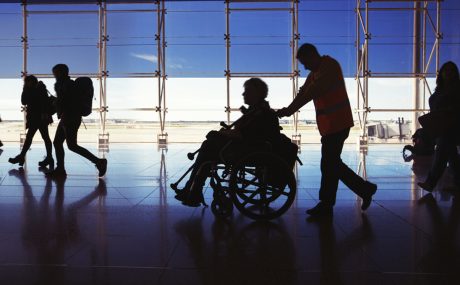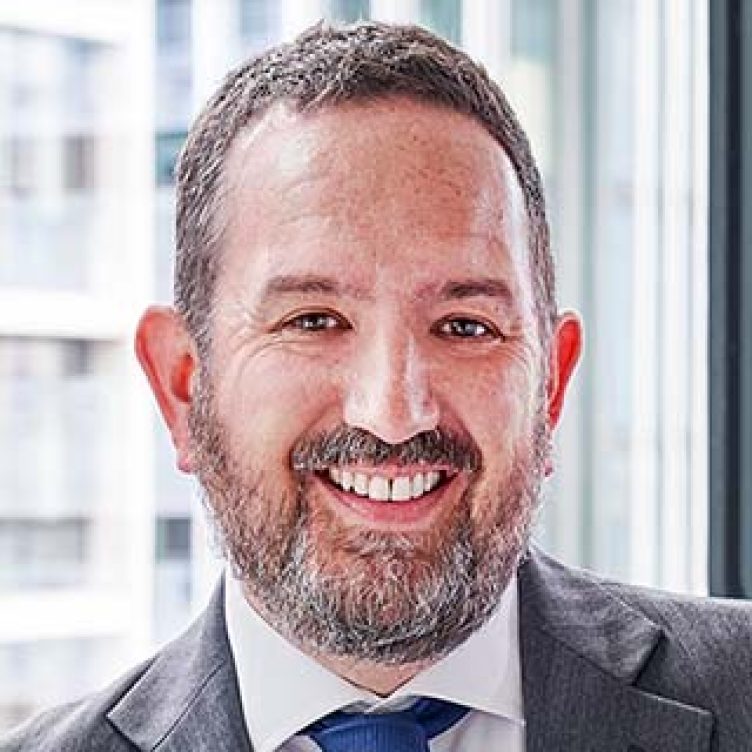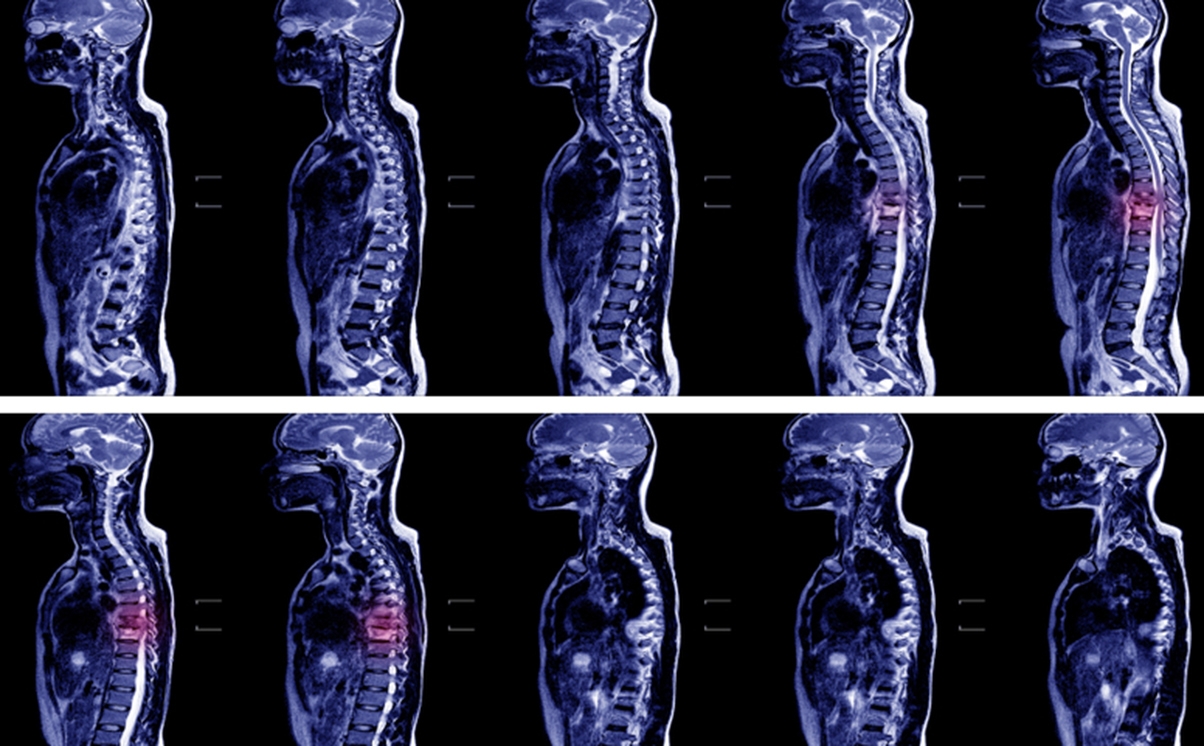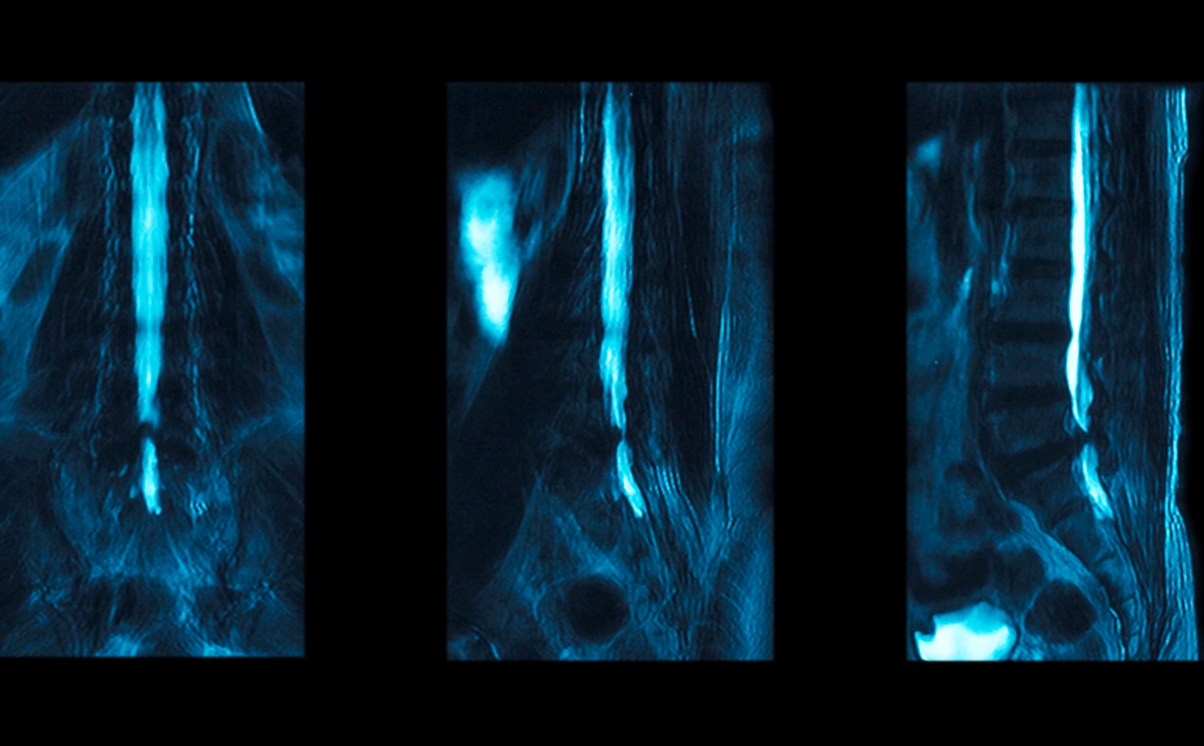(read time: 5 mins)
Our client, LJ, was working as head of HR at an NHS hospital when she acquired a spinal cord injury after receiving a spinal anaesthetic for a knee replacement operation.
Background
LJ was fit and healthy and had always been active. She was starting to consider retirement from her job and intended to return to HR consultancy work, which she had done previously in her career.
In 2008, LJ was diagnosed with osteoarthritis in both knees. She underwent a right knee replacement in November 2012 and was due to have her left knee replaced in February 2013. She was then diagnosed with multiple sclerosis (MS), so the surgery was postponed.
LJ was determined that the diagnosis of MS would not slow her down. She continued to work full time and pursue her busy social life. The prognosis was that she would develop stiffness as she got older, but initially the symptoms did not affect her day-to-day life.
Surgery and resulting injury
LJ’s left knee replacement surgery was rearranged for 16 August 2013. LJ’s MS treatment had been very successful in controlling the MS symptoms. She was looking forward to being pain free after the second knee replacement and to enjoying a more active life alongside her consultancy work.
LJ was admitted for the knee replacement surgery as planned. The surgery was carried out under a general anaesthetic, which was administered prior to a spinal anaesthetic (called a “spinal block”).
Upon waking from the surgery LJ experienced unexpected numbness and could not feel her right leg, despite the operation having been carried out on her left leg. She felt panicked but was reassured the feeling would return within a few hours. Sadly, this was not the case and the numbness remained. This was coupled with pain that made mobilising out of bed almost impossible. She was told by her surgeon that she may have “foot drop” caused by the spinal block.
LJ had an MRI scan a week later and was advised that this showed a haematoma, probably caused by the administration of the spinal block, but this would heal.
She remained in hospital for four weeks after the surgery, undergoing regular physiotherapy to try to regain some mobility. She was allowed to go home in September when she could walk around 15 meters with crutches and get up and down a flight of stairs.
LJ returned to work on reduced hours in late November 2013, wearing a brace and using two walking sticks. She was determined to ensure that everything was handed over in good order to her successor before she retired to take up consultancy work.
In November 2013, LJ received a letter from her anaesthetist suggesting that the MRI scan from August in fact showed damage to the lower end of her spinal cord and the spinal block was the likely cause. She met the anaesthetist who was apologetic but did not suggest that the damage was permanent.
It was not until January 2014 that LJ was advised that she would never fully recover function in her right leg and would be reliant on a walking stick and brace.
Settlement
LJ sought legal advice from Stewarts in April 2014 due to her concerns about the administration of the spinal block in relation to both the technique and the consenting process.
Stewarts undertook liability investigations. Despite the anaesthetist initially being quite open with LJ about what had happened, liability was denied, and we started court proceedings against the anaesthetist.
The defendant stated that LJ had been appropriately consented and that the technique used was reasonable. He argued that she had a non-negligent complication of the spinal block administration procedure.
We faced a robust defence of the claim with delays by the defendant in serving his expert evidence. In fact, he elected not to serve some of his expert evidence at all. He also sought to suggest that some of LJ’s current or future symptoms could be attributable to MS rather than her spinal cord injury.
Liability was denied until six weeks before trial, when liability was agreed at 90%/10% in LJ’s favour. This was an excellent result, although it was frustrating that the defendant had not been willing to consider settlement earlier.
Quantum (the amount of damages to be paid) was then negotiated and seven weeks later the claim was settled for £1.25m.
Life beyond injury
LJ was pleased that the case had come to a swift conclusion following the liability settlement and that she could now make adaptations to her house to assist with her mobility and resume her passion for travel with her husband.
Testimonial from LJ
About Stewarts, LJ commented:
“From my first meeting with Stewarts, which was a home visit from the partner and solicitor who would handle my case, I was very impressed with the level of professionalism shown. Throughout my case, they worked with me to achieve the best possible outcome, always treating me as an equal partner in what was, inevitably, a sometimes stressful process. Both Nadia Krueger-Young and Katherine Fitter, the solicitors, were always ready to answer any questions and explain why they were recommending a certain course of action, involving me in decision making. The partner, Robert Dransfield, maintained an overview of the case and led the final settlement meeting, ensuring a very successful outcome, which was far in excess of my expectations.
“Stewarts’ always acted with compassion and humanity as well as professionalism. Stewarts really are a first class firm of solicitors operating at the cutting edge of their specialist areas. Everyone I dealt with was professional and caring.”
LJ commented about her life beyond her injury:
“I go to the gym three times a week, albeit with an adapted programme. I continue to travel widely, although this takes more planning than before the injury.
“I have purchased an adapted car, which maintains my independence. I travel business class on planes for the additional leg room and comfort it affords. I also tend to book more expensive hotels to ensure disabled facilities.
“I have a therapeutic massage every fortnight and have taken up chair yoga.
“The settlement has given me financial security and has made up for the loss of earnings I have suffered because I retired earlier than I had planned to. It enables me to continue to travel and to live as normal a life as possible. In addition, there is satisfaction in having won my case and the acknowledgement from the defendant that he was to blame for my injury.”
You can find further information regarding our expertise, experience and team on our Clinical Negligence pages.
If you require assistance from our team, please contact us or alternatively request a call back from one of our lawyers by submitting this form.
Life beyond injury
We have teamed up with other clients who have catastrophic injuries to tell their stories of Life Beyond Injury. Please visit the Life Beyond Injury webpages here.
We hope that by sharing these stories, newly injured people can see that with the right support they too can overcome adversity to lead full and active lives.
You can join in the conversation and share your stories of overcoming adversity to lead a fulfilling life beyond injury: on Twitter, here #lifebeyondinjury; or on Facebook, here #lifebeyondinjury.
Subscribe – In order to receive our news straight to your inbox, subscribe here. Our newsletters are sent no more than once a month.








